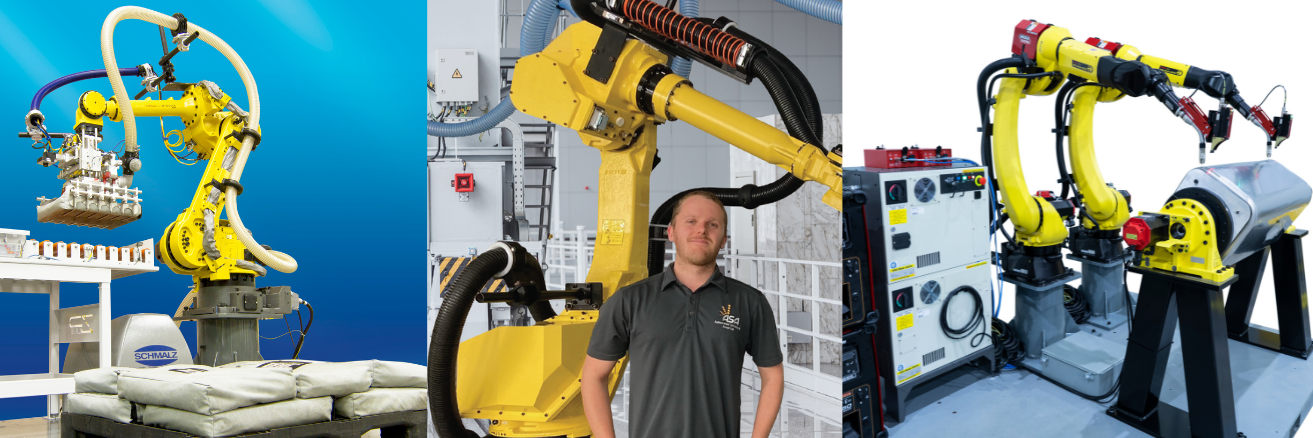The development of robotic arms has revolutionized the manufacturing process, making use of precision, safety efficiency, and other elements that were previously unimaginable. Robots are amazing mechanical devices that are now essential to numerous industries around the globe. They were designed to reduce operating costs and maintain high quality standards. Robotic arms are being incorporated into production lines in order to reduce costs and improve safety. We’ll explore how these innovative machines can transform the way that industrial processes operate.

Image credit: automatedsolutions.com.au
The cost-effectiveness of robotics is driving the adoption of robotic arms around the world. Factories are under constant pressure to cut down on production errors, minimize production waste, and cut down on work-related accidents. Robots can tackle these problems. Robots are more precise than human workers at performing repetitive tasks, cutting down on the amount of waste and avoiding costly mistakes. In high-volume industries such as automotive manufacturing, robot arms guarantee an exact assembly process by using precise welding and parts positioning. This accuracy results in substantial savings because fewer defects means less time spent reworking, waste and the need to rework.
The security of robotic arms is also a cornerstone. A variety of manufacturing tasks like working with hazardous materials or using machines that are heavy pose a risk to workers. Robots can help companies remove their employees from dangerous surroundings and decrease accidents at work. Robotic arms, which are made up of joints which move, could mimic the function of human arms and not cause physical damage. Equipped with end effectors that can be programmed to work basically robotic hands, These machines are able to perform tasks like spinning, grasping or welding under conditions that would be unsafe for human beings.
The versatility of robotic arms makes them a game-changer across diverse industries. Robot arms are able to be used for many different tasks, from automotive assembly to electronic production. They can handle complex operations with unparalleled precision, such as painting and tending to machines. Robotic arms for warehousing have revolutionized palletizing, by automating the loading of pallets with goods. Automation is not just efficient but also increases reliability since robot arms can work without tiring.
Cobots are an entirely new breed of robots able to work alongside humans. Cobots, equipped with a robotic arm communicate with humans seamlessly, unlike industrial robots, which are usually confined to cells. In a manufacturing environment cobots’ robotic arms might handle the heavy lifting or repetitive tasks, leaving human workers to focus on more difficult tasks. This collaboration increases productivity and maintains a safe working environment since cobots are able to be programmed to alter or stop their movements when a person is near.
Robotic arms have a significant impact on modern manufacturing, and not just in terms of safety and efficiency. They are indispensable for industries that require extreme precision in processes such as welding, assembly or material handling. For instance, in automotive manufacturing, a robot arm is able to rotate and move parts during assembly, ensuring flawless alignment, without the intervention of humans. Robot arms are also used in electronics to manage fragile components. This prevents damage and enhances output quality.
As industries continue to develop with the advancement of technology, the need for robotic arms is only going to increase. They’re an integral part of manufacturing’s future because of their ability to cut costs, increase safety and adapt to different tasks. Through the combination of cutting-edge technology and human creativity Robot arms are not just tools they’re partners in progress, driving innovation and transforming the way we build the world around us.